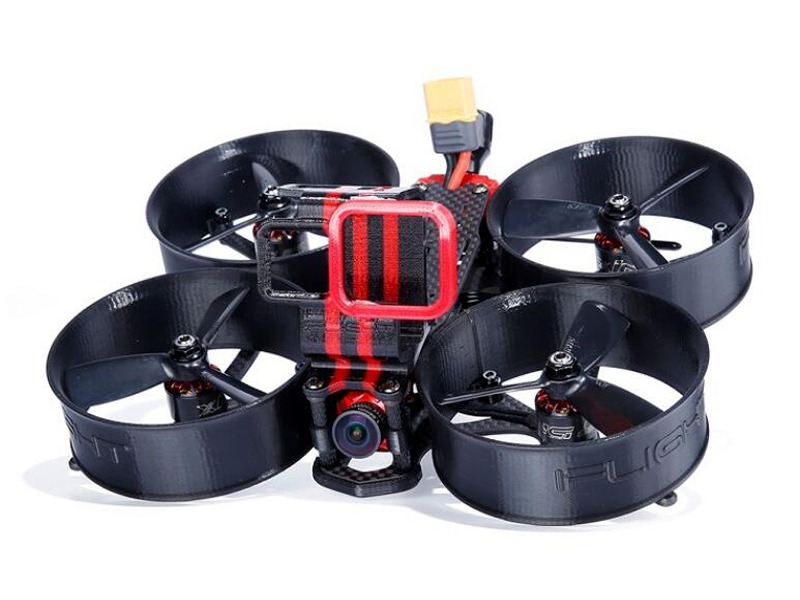What is the physics of quadcopter flight?

The physics of quadcopter flight is a complex and fascinating subject. Quadcopters, also known as quadrotors, are unmanned aerial vehicles (UAVs) that use four rotors to generate lift and thrust to fly. Quadcopters are becoming increasingly popular due to their maneuverability and stability, as well as their ease of construction. Quadcopters are used for various applications, ranging from recreational use to professional applications such as aerial photography and surveillance.
The physics of quadcopter flight involves the principles of aerodynamics, fluid mechanics, and statics. The four rotors generate lift by creating a pressure differential between the top and bottom of the quadcopter. This pressure differential is created by the rotors spinning at different speeds, which creates a difference in air pressure. As the rotors spin, they create a vortex of air that pushes the quadcopter up and away from the ground.
In addition to lift, the rotors generate thrust, which propels the quadcopter forward. This thrust is created by the difference in air pressure between the front and rear of the quadcopter. As the rotors spin, they create a vacuum in front of the quadcopter, which pulls it forward.
In order for a quadcopter to move in any direction, its rotors must be spinning at different speeds. This is known as “collective pitch control”. By adjusting the pitch of each rotor, the quadcopter can be made to move in any direction.
The physics of quadcopter flight also involves the principles of statics. In order for the quadcopter to remain stable, its center of gravity must remain in the same place. This is achieved by adjusting the weight distribution of the quadcopter, as well as the angle of the rotors. This ensures that the quadcopter will remain balanced and will not tip over.
Finally, the physics of quadcopter flight also involves the principles of fluid mechanics. The rotors generate a vortex of air that helps to stabilize the quadcopter. This vortex of air is known as a “vortex ring”, and it helps to keep the quadcopter in a stable flight path.
The physics of quadcopter flight is a complex and fascinating subject. By understanding the principles of aerodynamics, fluid mechanics, and statics, it is possible to build and fly a quadcopter. Quadcopters are becoming increasingly popular due to their maneuverability and stability, as well as their ease of construction. Quadcopters are used for various applications, ranging from recreational use to professional applications such as aerial photography and surveillance.
Comments / Question
2. Drag: The force generated by the air that opposes the motion of the quadcopter.
3. Thrust: The force generated by the rotors that propels the quadcopter forward.
4. Momentum: The force generated by the rotors that causes the quadcopter to rotate.
5. Stability: The ability of the quadcopter to maintain its orientation and altitude.
6. Control: The ability of the pilot to control the quadcopter’s direction and speed.

